Micro glass welding with millimeter-long filaments
The welding of glass with ultrashort-pulsed lasers (USP) is usually conducted with microscope objectives. Their short working distance limits the thickness of the work piece, the usable laser power and the feed rate of the process. To increase the possible dimensions of the welding partners and the process speed to industrial levels, a research team from Jena presents USP welding with a galvoscanner and a common F-theta lens. In a new article, they discuss differences between the well-known breakdown regime and the filamentation regime, and show tensile measurements.
The welding of glasses – be it by means of gas torches or CO2 lasers – usually relies on thermal conduction to reach the inaccessible parts of the welding zone. This leads to wide weld seams and high thermal tensions in the material. The melt flow will also change the outer form of the welding zone. Due to the thermal conduction during the welding process, temperature sensitive contents cannot be encapsulated by this process.
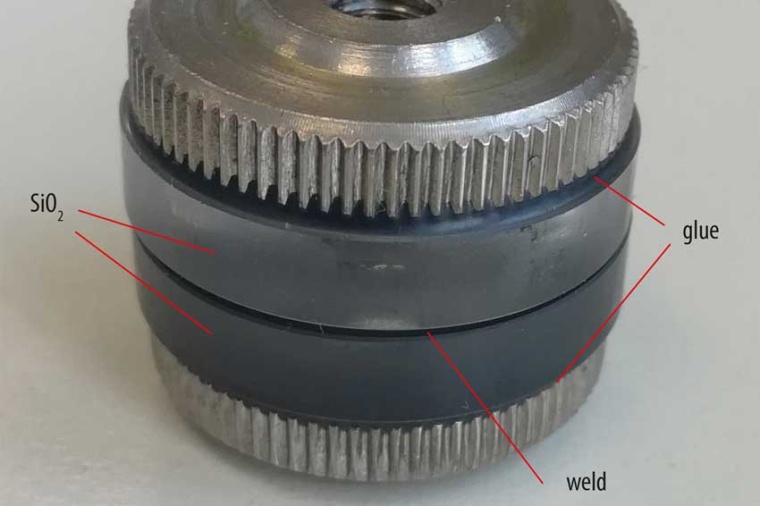
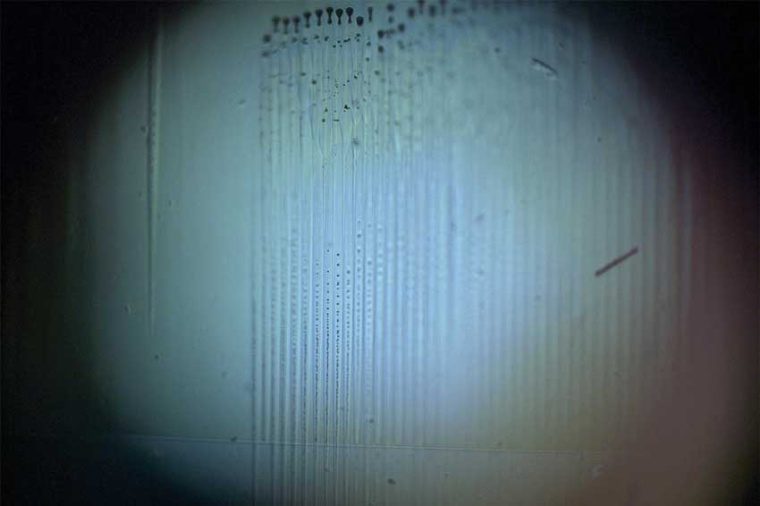
A very promising alternative is the glass-micro-welding with ultrashort-pulsed lasers (USP). Since the glass is transparent the laser beam can freely travel through the material. Due to the short temporal duration of the laser pulses and the small size of the focus, nonlinear absorption effects happen in the laser focus: Two and more photons are absorbed simultaneously despite the transparency for single photons. That way the energy of the laser pulses is deposited in a volume smaller than a cylinder of 0,1 mm diameter and 1 mm length. If this weld-pool is placed on the interface of two glasses, they are permanently molten together.
To reach the intensities for nonlinear absorption, focusing-lenses with very short focal lengths are commonly used. The downside of those lenses is, that only glasses of some millimeters thickness can be welded. They also limit the usable laser power, which slows down the process. IFW Jena developed a USP-welding process for long focal lengths. In this case, more nonlinear effects happen:
- The position of the laser focus changes due to so called self-focusing.
- The laser beam forms a filament in the focus, an interplay with the generated laser plasma.
Despite the complexity of these effects, it was possible to weld glass pieces with a thickness of several millimeters. Galvo-scanners and F-Theta-lenses were used to deflect and focus the beam. These optical tools are very common in industrial laser applications. It was shown that regardless of the difficult physics the position and the length of the weld pool was easily controllable. The interface to be welded was hit reliably. Also, the joints were tested for leakage and mechanical toughness. The joints between fused silica pieces withstood a tensile stress of 10 N/mm2. That is about 20 % of the strength of the base material. It is also possible to join different materials. Since during the process the biggest part of the material never excesses room temperature, thermal expansion will not break different materials apart. Helium-leakage-tests proved the joints to be gas-tight.
Further research will focus on the optimization of the process speed (currently some minutes for 1 cm2) and the tensile strength. Possible applications of the technology reach from the joining of optical components over the encapsulation of sensors to the welding of microfluidic systems. This work was supported by the German Federal Ministry for Economic Affairs and Energy under the identifier 49VF170036. Martin Kahle
The article appears in print in the June/July issue of PhotonicsViews and is available online as an early view article. To subscribe or apply for a free qualified subscription, please download and return the attached PDF form.
Company
Friedrich Schiller University JenaOtto Schott Institute of Materials Research
07743 Jena
Germany
most read
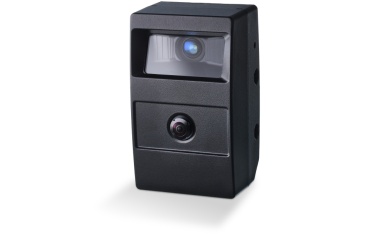
Sensor Fusion in Outdoor Applications
AI-Driven Collision Warning System for Mobile Machinery
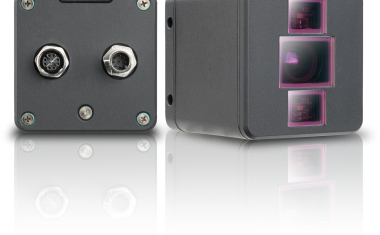
Time of Flight Method Ensures Depth Perception
Shape Recognition, Object Positioning, and Distance Measurements in Logistics
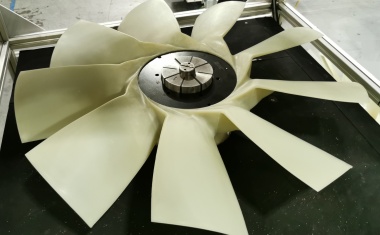
A New Approach to Fan Inspection
Reliable Quality Control during the Production of Fans for Diesel Engines
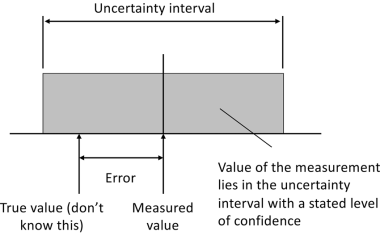
Measurement uncertainty in manufacturing: Understanding the basics
Why precise measurement results alone are not enough
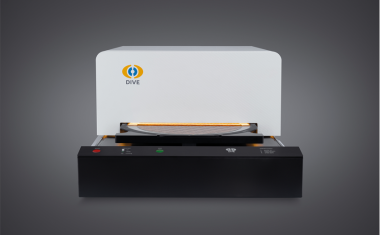
Hyperspectral Imaging for Surface and Layer Analysis
Optical Wafer Inspection






